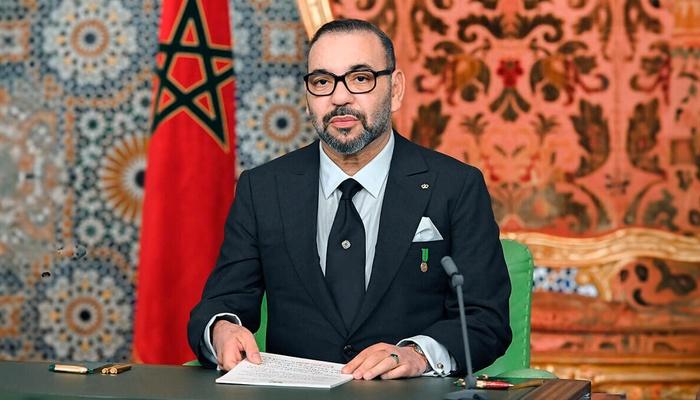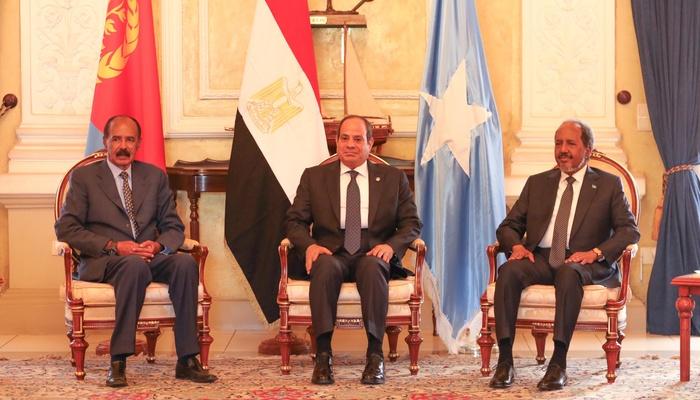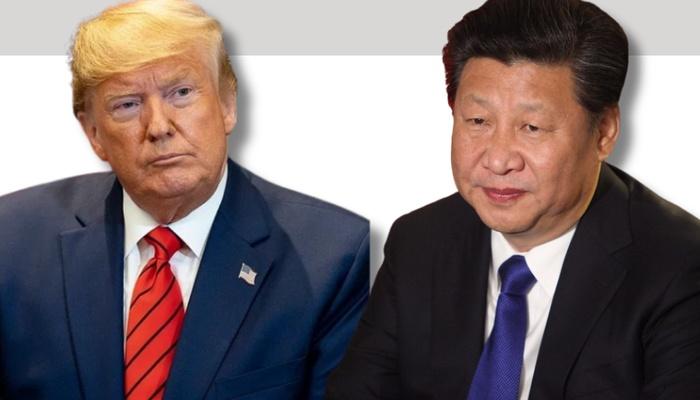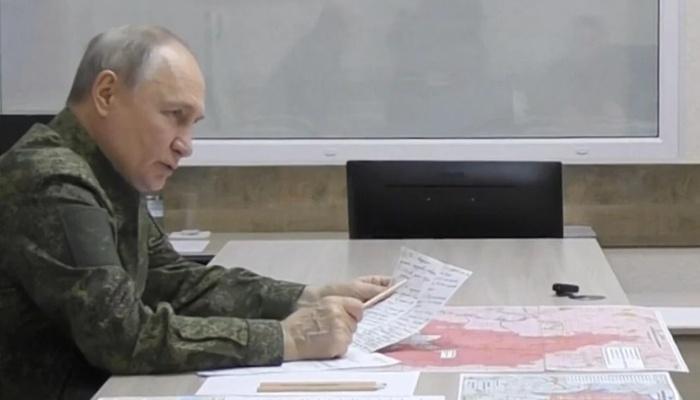Uncertainty and contrasts dominate ASEAN Summit
From 10 to 13 November, the annual Summit of the Association of Southeast Asian Nations (ASEAN) leaders took place in Cambodia, followed by a series of side meetings between member countries and “dialogue partners”. The meetings took place at a time of great uncertainty for the Association, marked by internal divisions and the repercussions of the global economic slowdown. The key topics discussed were the crisis in Myanmar, the China-US rivalry, and the effects of the war in Ukraine.
On the Myanmar issue, ASEAN did not adopt a strong position due to the lack of unanimity among member states. In April last year, the Association brokered an agreement with the military junta, known as the “Five-Point Consensus”, which aimed at an immediate cessation of violence against civilians and the initiation of a dialogue between the Armed Forces and the opposition. However, the junta has never respected the agreement and ASEAN, being internally divided, has only been able to apply the exclusion of Burmese military leaders from the Summit as a countermeasure. A tougher approach, including the suspension of Myanmar, remains a remote option as it lacks the necessary consensus within the Association.
Regarding the US-China confrontation, ASEAN has maintained a cautious attitude aimed at preserving the balance between the parties. Regarding the South China Sea dispute, which brings some members of the Association at odds with China, no useful recommendations for resolving the dispute were approved. In addition, ASEAN made no unanimous statement at the summit condemning Russia for its aggression against Ukraine. Overall, this approach is linked to member states’ fears of damaging economic and trade relations with influential actors in the international system and seeing South-East Asia turn into a terrain of conflict between them. Moreover, several ASEAN countries try to leverage precisely the divisions between powers in order to gain more leeway in terms of both trade and politics.
The lack of concrete results and the distance between the member countries on the Summit’s key dossiers have not only highlighted the difficulties of building a common strategic agenda, but also emphasised once again the need to think about reforming the organisation. Particularly, the current need appears to be to give greater prominence to the Association’s Secretariat and to regional parliamentarians, to reduce the decision-making power of states and overcome the divisions that paralyse ASEAN’s action. Nevertheless, no member so far seems willing to work in this direction, so as not to undermine post-Cold War peace and economic growth. Without significant changes, however, there is a risk for the Association to lose unity and credibility, and to become irrelevant in an increasingly conflictual and unstable global context.









